Setsubun: Japan's Tradition of Welcoming Spring
Setsubun is a beloved Japanese tradition that marks the arrival of spring with rituals meant to ward off evil spirits and bring good fortune. From throwing roasted beans to eating lucky sushi rolls, it’s a time for families to come together and celebrate renewal.
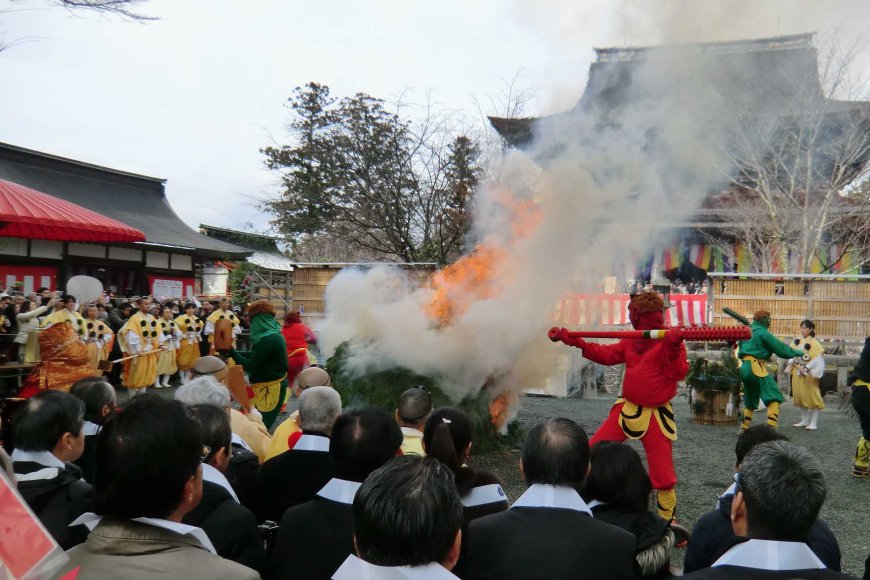
Celebrating the Change of Seasons
Setsubun (節分) is a traditional Japanese event celebrated every year on the first day of spring (February 2nd this year), marking the beginning of the spring season according to the Japanese lunar calendar. The word "Setsubun" literally means “seasonal division,” and it holds deep cultural significance in Japan. It is a time for families to come together, engage in rituals, and ward off evil spirits to welcome a fresh start.
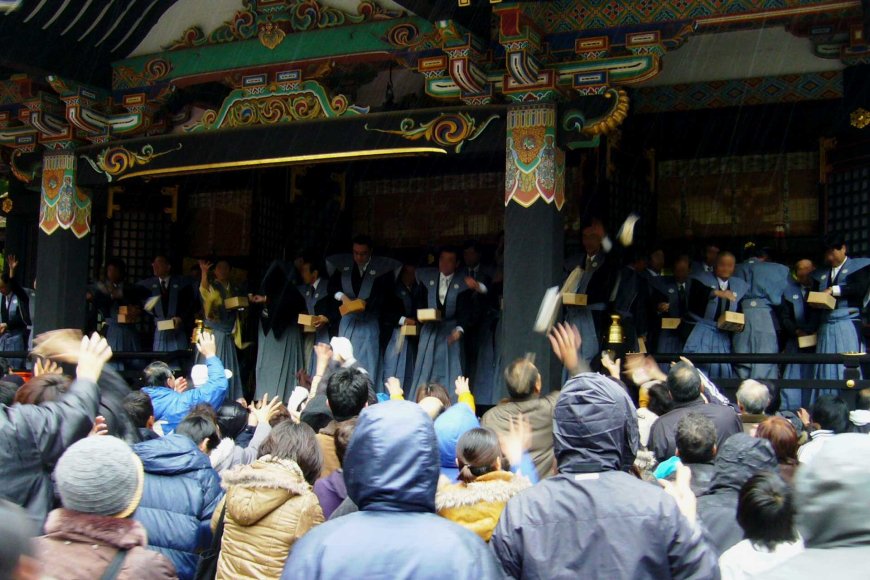
The History and Origins of Setsubun
Setsubun has its roots in ancient Chinese customs, which were adopted by Japan and modified over time. In the past, the changing of seasons, particularly the start of spring, was seen as a time when evil spirits could easily enter the world. The Japanese believed that these spirits could bring misfortune, illness, and bad luck. To protect themselves from these evil forces, people began to observe Setsubun, using symbolic rituals to chase the spirits away.
Originally, Setsubun was celebrated on the day before the beginning of each season, but over time, it became most closely associated with the start of spring. The date of Setsubun is not fixed in the Gregorian calendar, it varies each year because it depends on the first day of spring which is called "Risshun" in Japan.
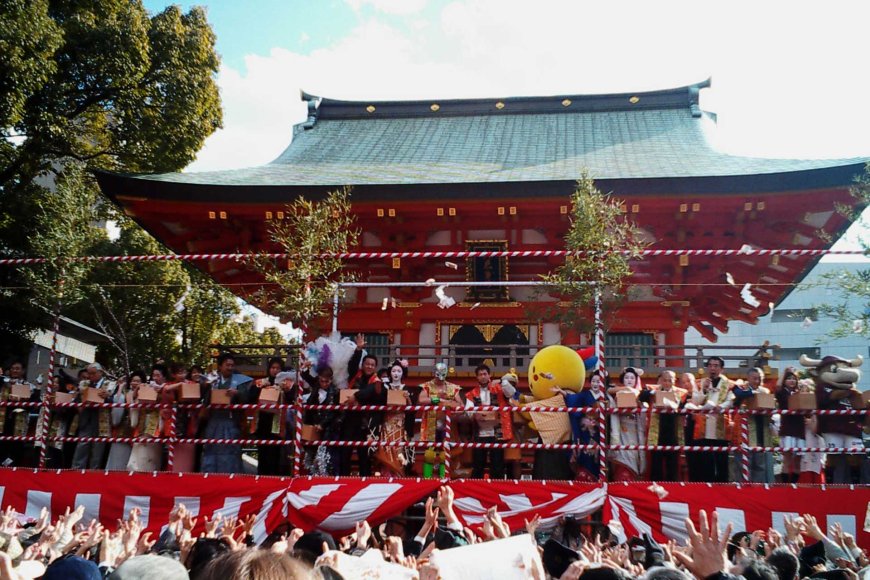
Traditional Customs and Practices
One of the most well-known customs of Setsubun is the practice of "mame-maki" (豆撒き), which involves throwing roasted soybeans to drive away evil spirits. The ritual is performed by the head of the household, or sometimes by a family member dressed as an oni (demon). The beans are thrown outside the house or at the demon figure, while people chant “Oni wa soto! Fuku wa uchi!” (鬼は外!福は内!), meaning "Out with the demons! In with the good fortune!"
After the beans are thrown, it is customary to pick up and eat the same number of beans as your age to ensure good health and prosperity in the coming year. Children especially enjoy this part of the celebration, as it is a fun and interactive way to participate in the tradition.
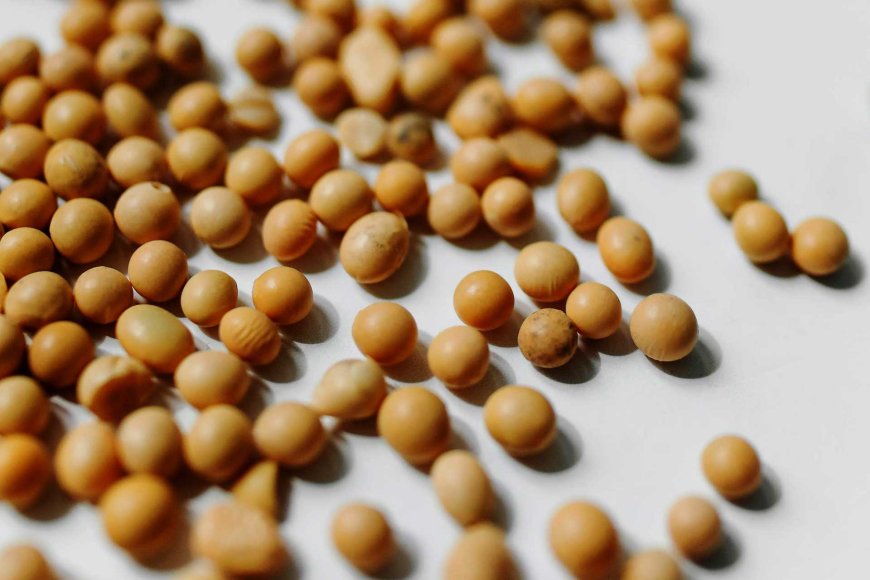
The Role of the Oni (Demon) in Setsubun
The presence of the oni is central to the Setsubun celebration. Oni, which are mythical creatures resembling ogres or demons, represent the evil spirits and bad luck that the ritual seeks to drive away. In Setsubun, one family member or a hired performer typically dresses up as an oni, donning a mask and costume, and then is “chased” out of the house during the mame-maki ritual.
The oni’s role in Setsubun is symbolic, as it represents the negative forces that can affect people’s lives. The practice of throwing beans at the oni is intended to purify the home and restore balance. The act of chasing away the oni also reflects a larger cultural belief in the importance of purification and renewal.
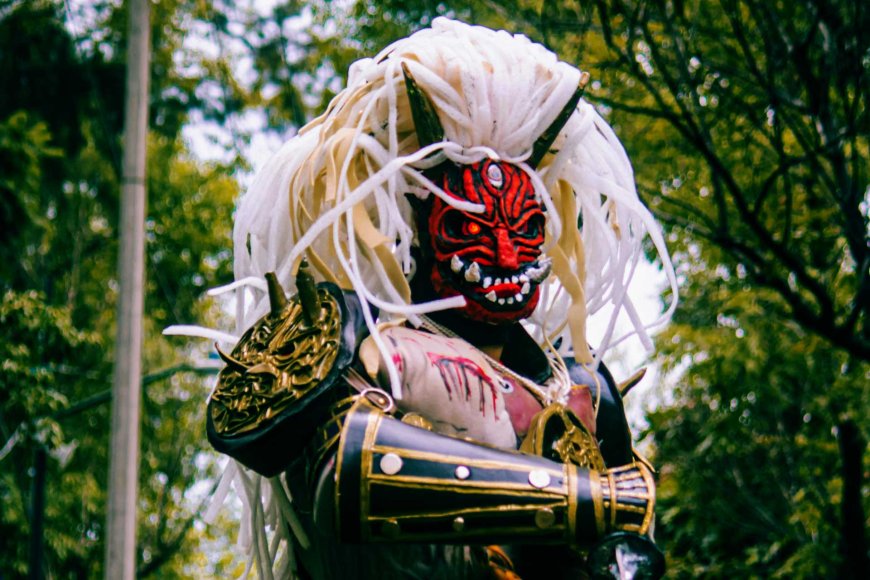
Setsubun Foods: Symbolism and Tradition
Food plays an important role in the Setsubun celebrations, and specific dishes are prepared to ensure good luck for the year. The most popular food item eaten during Setsubun is "ehomaki" (恵方巻き), a type of sushi roll filled with various ingredients such as cucumber, omelet, and tuna or shrimp. The tradition is to eat the roll in one sitting, without cutting it, while facing the "lucky" direction of the year, which changes each year according to the Chinese zodiac. Eating the entire roll in silence is thought to bring good fortune.
Another traditional dish is "fukumame" (福豆), which are roasted soybeans used in the mame-maki ritual. Eating these beans after the ritual is believed to bring health and happiness, as each bean symbolizes one year of life.
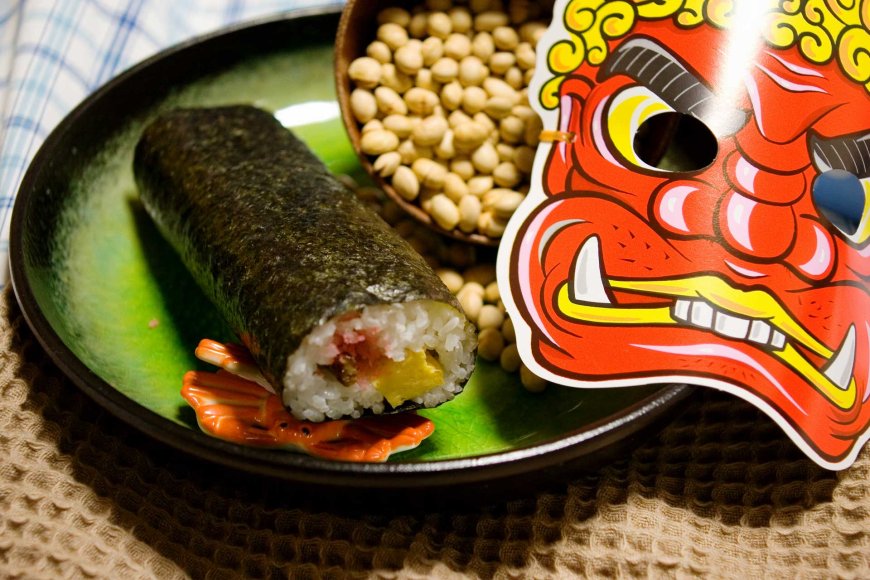
Setsubun in Modern Times: A Cultural Celebration
Although Setsubun was originally a ritual aimed at warding off evil spirits, the celebration has evolved into a lively and fun event that is enjoyed by people of all ages. In modern Japan, Setsubun is often celebrated at shrines, temples, and in schools, where large crowds gather to participate in mame-maki ceremonies.
Temples such as Senso-ji in Tokyo and Zojo-ji in Minato City hold large-scale Setsubun festivals, where celebrities and even sumo wrestlers are invited to throw beans to the public, creating an exciting atmosphere. These events attract both locals and tourists who want to experience the energy of the celebration and participate in the customs.
In addition to public events, many families continue to celebrate Setsubun in their homes, creating a sense of unity and tradition. It is a time when people come together to clean their homes, perform the mame-maki ritual, and share meals, all while hoping for good health and fortune in the year ahead.
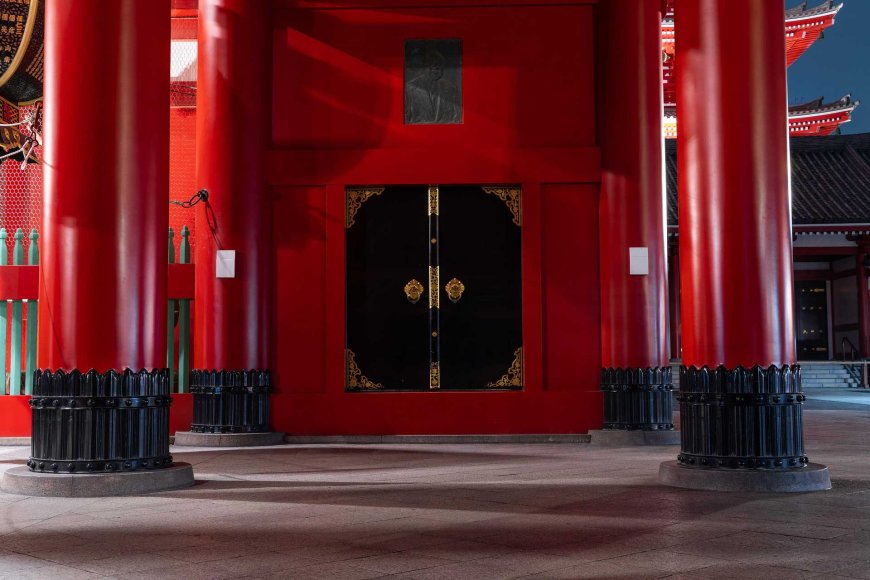
The Spirit of Setsubun
Setsubun is a fascinating and vibrant celebration that marks the transition from winter to spring in Japan. With its roots in ancient beliefs and practices, it serves as a reminder of the importance of renewal, purification, and protection from negative forces. Whether through the ritual of throwing beans, eating ehomaki, or simply enjoying time with family, Setsubun offers a meaningful way for people to usher in the new season with hope and optimism.
As Japan continues to modernize, the cultural significance of Setsubun remains strong. Its blend of tradition, festivity, and symbolism makes it a beloved event, one that is cherished by both the young and old. Whether you are in Japan or celebrating from afar, participating in the joy and spirit of Setsubun is a wonderful way to honor this unique cultural tradition.
Nipino.com is committed to providing you with accurate and genuine content. Let us know your opinion by clicking HERE.






























































